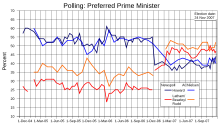Republicanism in Australia is a movement to change Australia's system of government from a constitutional parliamentary monarchy to a republic, typically a parliamentary republic that would replace the monarch of Australia with an Australian head of State. Republicanism was first espoused in Australia before Federation in 1901. After a period of decline after Federation, the movement again became prominent at the end of the 20th century after successive legal and socio-cultural changes loosened Australia's ties with the United Kingdom.
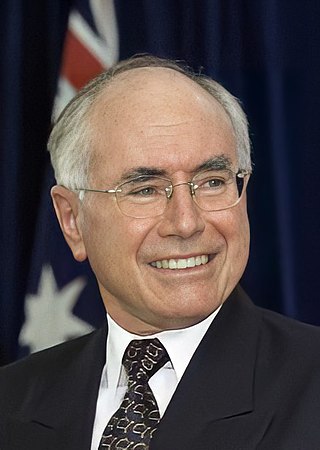
The 2001 Australian federal election was held in Australia on 10 November 2001. All 150 seats in the House of Representatives and 40 seats in the 76-member Senate were up for election. The incumbent Liberal Party of Australia led by Prime Minister of Australia John Howard and coalition partner the National Party of Australia led by John Anderson defeated the opposition Australian Labor Party led by Kim Beazley. Future Opposition Leader Peter Dutton entered parliament at this election.

The 2004 Australian federal election was held in Australia on 9 October 2004. All 150 seats in the House of Representatives and 40 seats in the 76-member Senate were up for election. The incumbent Liberal Party of Australia led by Prime Minister of Australia John Howard and coalition partner the National Party of Australia led by John Anderson defeated the opposition Australian Labor Party led by Mark Latham.
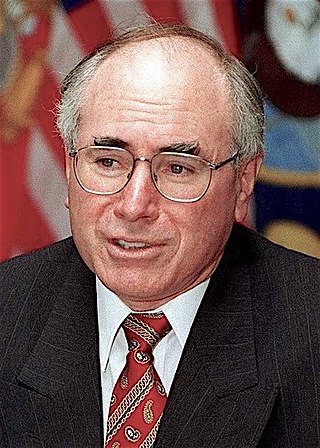
The 1996 Australian federal election was held to determine the members of the 38th Parliament of Australia. It was held on 2 March 1996. All 148 seats of the House of Representatives and 40 seats of the 76-seat Senate were up for election. The centre-right Liberal/National Coalition led by Opposition Leader John Howard of the Liberal Party and coalition partner Tim Fischer of the National Party defeated the incumbent centre-left Australian Labor Party government led by Prime Minister Paul Keating in a landslide victory. The Coalition won 94 seats in the House of Representatives, which is the largest number of seats held by a federal government to date and the second time a party won over 90 seats at a federal election.

Anthony Norman Albanese is an Australian politician serving as the 31st and current prime minister of Australia since 2022. He has been leader of the Australian Labor Party (ALP) since 2019 and the member of parliament (MP) for the division of Grayndler since 1996. Albanese previously served as the 15th deputy prime minister under the second Rudd government in 2013. He held various ministerial positions from 2007 to 2013 in the governments of Kevin Rudd and Julia Gillard.
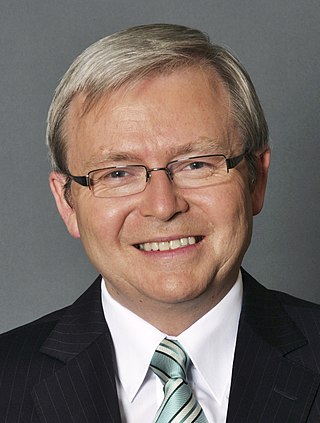
The 2007 Australian federal election was held in Australia on 24 November 2007. All 150 seats in the House of Representatives and 40 of the seats in the 76-member Senate were up for election. The election featured a 39-day campaign, with 13.6 million Australians enrolled to vote.
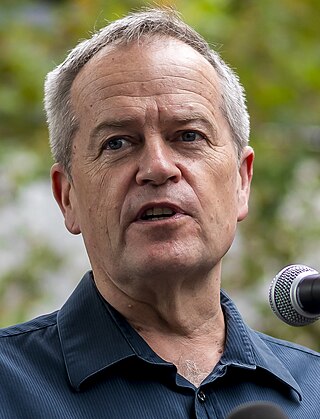
William Richard Shorten is an Australian politician and former trade unionist. He is the incumbent Minister for Government Services and Minister for the National Disability Insurance Scheme since 2022. Previously, Shorten was leader of the opposition and leader of the Australian Labor Party (ALP) from 2013 to 2019. A member of parliament (MP) for the division of Maribyrnong since 2007, Shorten also held several ministerial portfolios in the Gillard and Rudd governments from 2010 to 2013.
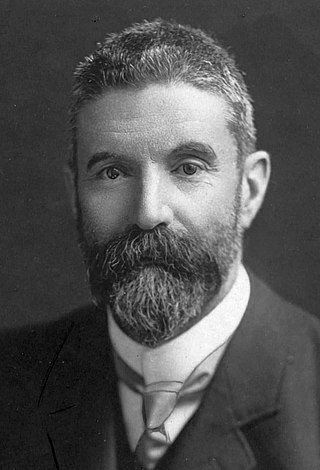
Several surveys of academics and the general public have been conducted to evaluate and rank the performance of the prime ministers of Australia.
A poll aggregator is an entity that tracks and aggregates, often but not exclusively by averaging, individual polls conducted by different organizations in order to gauge public sentiment on key civic issues such as the approval rating of a major political figure, or legislative body; or to measure likely public support for an individual candidate or political party in an upcoming election.
This article provides a list of federal opinion polls that were conducted between the 2007 election and 2010 election.
This article collates results of opinion polls that were conducted in relation to voting intentions of the Australian public in the lead-up to the 2013 Australian federal election.

The 2018 South Australian state election to elect members to the 54th Parliament of South Australia was held on 17 March 2018. All 47 seats in the House of Assembly or lower house, whose members were elected at the 2014 election, and 11 of 22 seats in the Legislative Council or upper house, last filled at the 2010 election, were contested. The record-16-year-incumbent Australian Labor Party (SA) government led by Premier Jay Weatherill was seeking a fifth four-year term, but was defeated by the opposition Liberal Party of Australia (SA), led by Opposition Leader Steven Marshall. Nick Xenophon's new SA Best party unsuccessfully sought to obtain the balance of power.
Several research and polling firms conducted polls during the parliamentary term and prior to the 2016 Australian federal election on 2 July in relation to voting intention for the Australian House of Representatives and leader ratings. Most firms use the flow of preferences at the previous election to determine the two-party-preferred vote; others ask respondents to nominate their second preference before applying the preference flows at the previous election.
In the leadup to the 2019 federal election, a number of polling companies conducted regular opinion polls for various news organisations. These polls collected data on party's primary vote, and contained an estimation of the two-party-preferred vote. They also asked questions about views of the electorate about the major party leaders.

The 2022 Australian federal election was held on Saturday 21 May 2022 to elect members of the 47th Parliament of Australia. The incumbent Liberal/National Coalition government, led by Prime Minister Scott Morrison, sought to win a fourth consecutive term in office but was defeated by the opposition Labor Party, led by Anthony Albanese. Up for election were all 151 seats in the lower house, the House of Representatives, as well as 40 of the 76 seats in the upper house, the Senate.
In the lead-up to the 2022 Australian federal election, a number of polling companies conducted regular opinion polls for various news organisations. These polls collected data on parties' primary vote, and contained an estimation of the two-party-preferred vote. They also asked questions about the electorates' views on major party leaders. Key polling companies are YouGov, Essential Media Communications, Roy Morgan Research, and Resolve Strategic.
In the run-up to the next Australian federal election, it is expected a number of polling companies will conduct regular opinion polls for various news organisations. These polls will collect data on parties' primary vote, and likely contain an estimation of the two-party-preferred vote.
Opinion polling on whether to change the Australian Constitution to establish an Indigenous Voice has been conducted since 2017, when Aboriginal and Torres Strait Islander leaders petitioned for such an amendment as part of the Uluru Statement from the Heart. The number of these polls conducted grew substantially following Labor's victory in the 2022 federal election; the party had committed to holding the referendum required for this constitutional change in its first term of government.
In the lead-up to the 2023 New South Wales state election, a number of polling companies conducted regular opinion polls for various news organisations. These polls collected data on parties' primary vote, and contained an estimation of the two-party-preferred vote. They also asked questions about the electorates' views on major party leaders.
In the lead-up to the 2017 Queensland state election, a number of polling companies conducted regular opinion polls for various news organisations. These polls collected data on parties' primary vote, and contained an estimation of the two-party-preferred vote. They also asked questions about the electorates' views on major party leaders.

